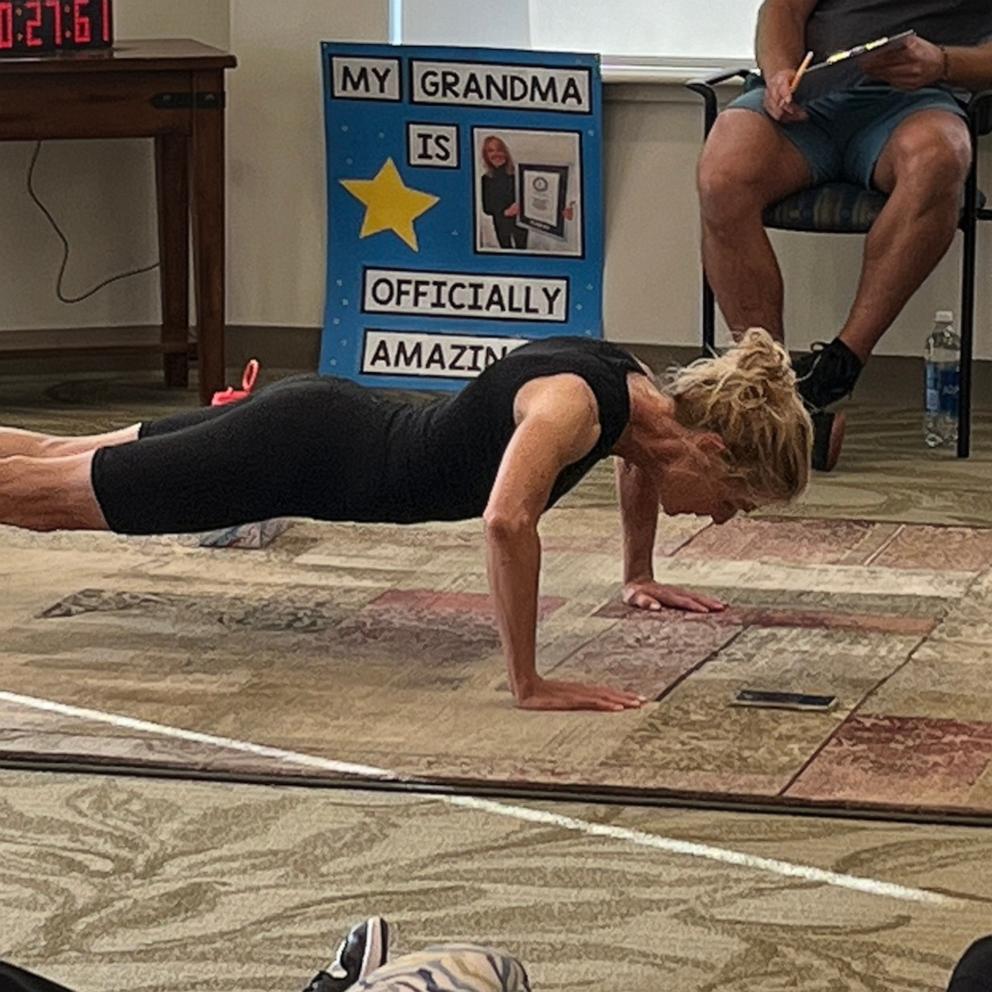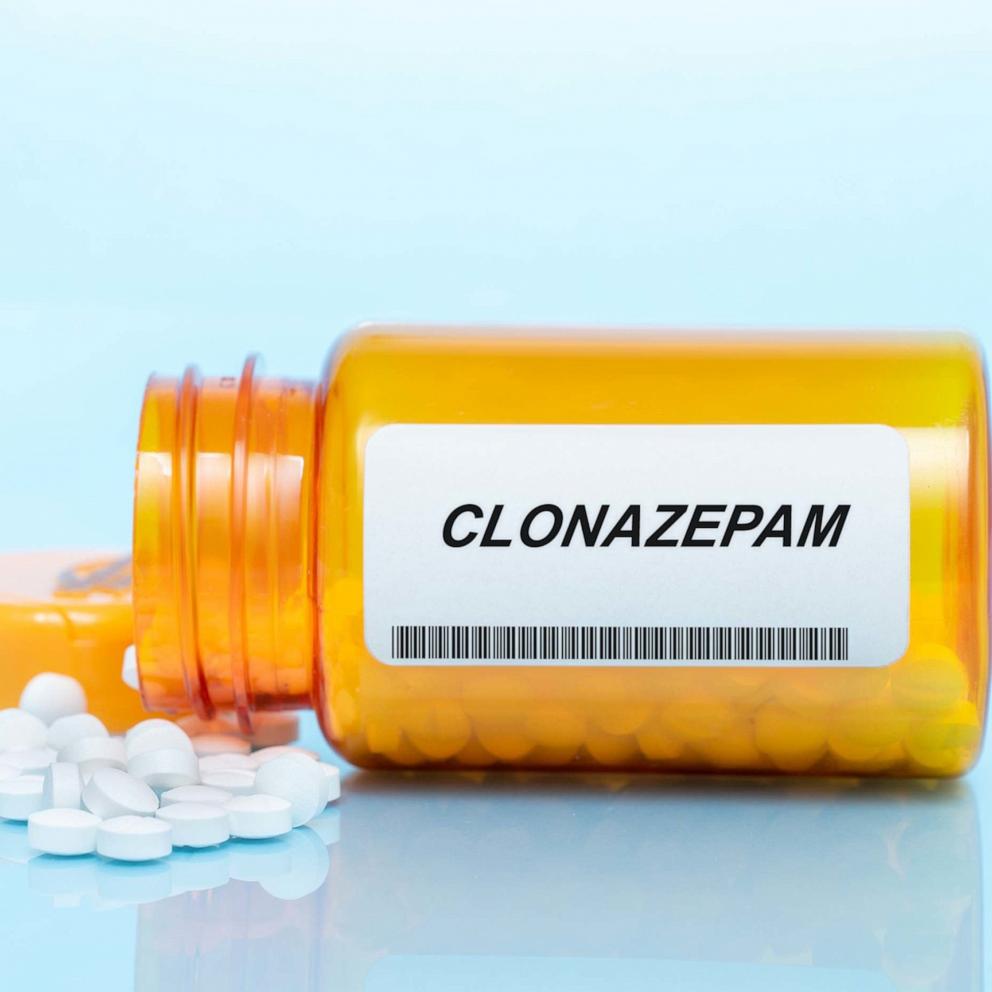Gay Americans Make Up 4 Percent of Population
April 8, 2011— -- An estimated 9 million Americans -- or nearly 4 percent of the total population -- say they identify as lesbian, gay, bisexual or transgender, according to a new report released this week from the Williams Institute, a think-tank devoted to LGBT research at UCLA.
Bisexuals make up slightly more than half that group, 1.8 percent of the total U.S. population, and they are substantially more likely to be women than men.
The report is the most up-to-date assessment of that population and produced a lower population percentage than the 10 percent number that advocacy groups have used in the past, which was based on Alfred Kinsey studies from 1948.
The new data comes on the heels of another recent report published by the Institute of Medicine for the National Institutes of Health emphasizing the need for more federally funded research on LGBT health problems.
"Sexual orientation is complex, but measurable," said Gary J. Gates, chief researcher and a Williams Distinguished Scholar. "Hopefully, this will begin to prompt some dialogue on what it means when we say LGBT."
Other key findings were that an estimated 19 million Americans, or 8.2 percent of the population, said they have engaged in same-sex behavior, and 25.6 million, or 11 percent, acknowledged some same-sex attraction.
Gay advocacy groups are hailing the report as a critical first step to inform public policy, research and federal funding. They say the information is crucial in identifying health and economic disparities, discrimination, domestic partnership benefits and the impact of same-sex marriage.
The report was based on a collection of previous surveys in the United States and around the world.
"All were surveys based on population and we tried to take precautions to minimize biases," said Gates.
"Many people still have the 10 percent number in their head," he said of Kinsey, who published his studies in sexual behavior at Indiana University in the 1940s and 1950s.
"Kinsey didn't use a population-based sample, so regardless of the point-estimate, it came from a self-selected group of men," said Gates. "For example, prisoners represented a higher proportion of men in his sample than they would in the population, perhaps biasing the sample toward more same-sex sexual behavior."
Gates said the lower number did not surprise researchers, but it might be new to the general population.
Gay advocates latched on to the Kinsey number in the late 1960s and 1970s, according to Gates.
"That 10 percent emerges as much a decision of politics as a decision of science, which is not to say Kinsey was not a scholar and scientist," Gates said.
But, he added, it was "kind of a smart number -- big enough to kind of matter and not so large that it was threatening to a population that was uncomfortable with it.
"You can argue it was a brilliant strategy and it seemed to resonate with people," he said. "One of the things the study shows, perhaps, is a little bit of maturity of the movement. We can now use more traditional ways to assess the population."



